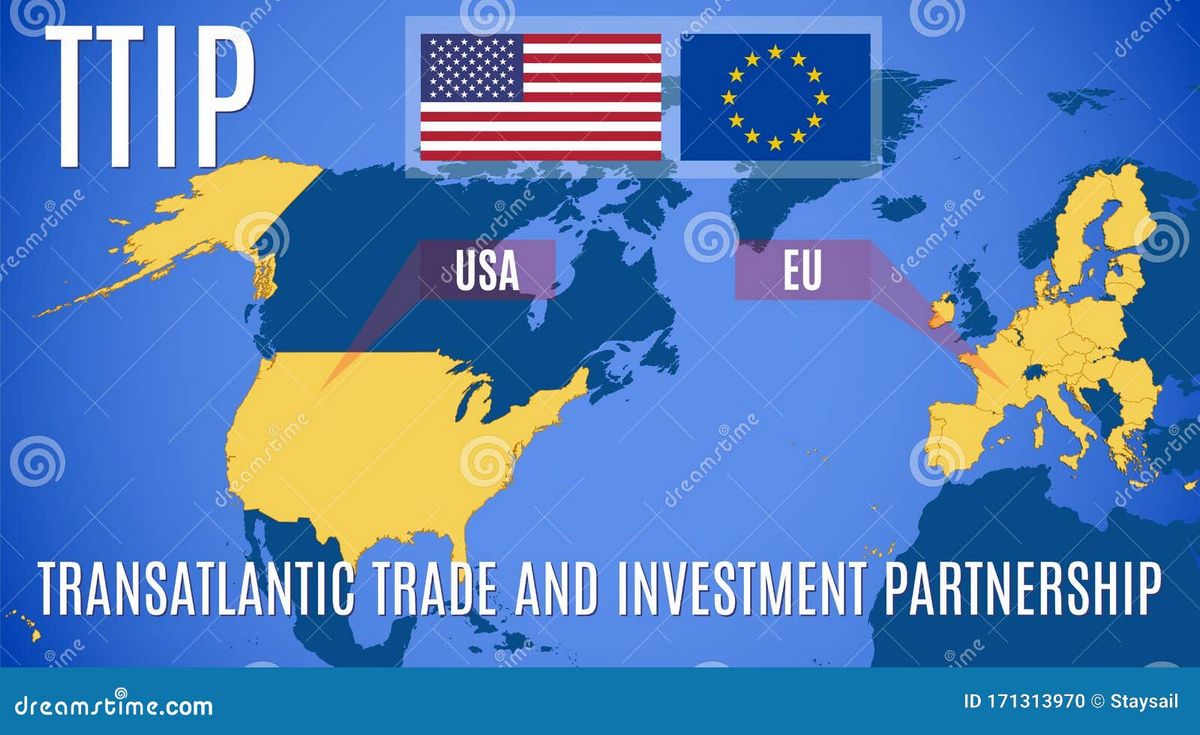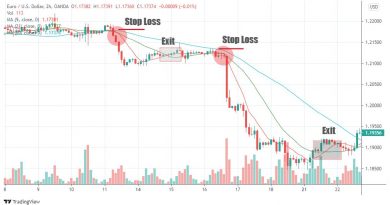Transatlantic Trade and Investment Partnership TTIP Overview

The Transatlantic Trade and Investment Partnership (TTIP) was a proposed comprehensive trade deal between the European Union (EU) and the United States to promote trade and economic growth.
The TTIP would have been a companion agreement to the Trans-Pacific Partnership (TPP), from which the United States withdrew in 2017. Negotiations ended in 2016 without an agreement.
Key Takeaways:
– TTIP was a proposed bilateral trade and investment relationship between the U.S. and the Eurozone.
– Proponents advocated for lowering trade barriers and increasing investment, while critics argued the deal would only benefit large corporations.
– Many Europeans worried that reduced trade protections would allow the sale of low-quality American goods.
– Negotiations for the TTIP were shrouded in secrecy, with secret files leaked in 2016.
– Negotiations ended in 2016 without a signed agreement, and they are now considered obsolete and no longer relevant.
Understanding the Transatlantic Trade and Investment Partnership:
– The TTIP negotiations were launched in 2013 and ended without a conclusion in 2016.
– Controversy surrounded the agreement due to a lack of transparency in the negotiations.
– The deal aimed to improve trade conditions between the EU and the United States but was opposed by certain groups who believed it would benefit large corporations at the expense of regulations.
Proposed Actions from the TTIP:
– Eliminate tariff and non-tariff barriers on goods, services, and digital commerce.
– Introduce comparable rights for investors.
– Reduce artificial or trade-distorting barriers.
– Enhance customs cooperation.
– Ensure equal labor rights and mutual agreement on environmental and product standards.
Transparency, Uncertainty, and Criticism:
– The secrecy of negotiations and lack of transparency led to criticism of the TTIP.
– In 2016, Greenpeace leaked classified negotiation files, revealing discrepancies.
– Concerns were raised about lowered standards, such as genetically modified food imports.
– Supporters argued that the TTIP would boost global trade and job creation, while opponents disagreed.
Advantages and Disadvantages of the TTIP:
– Proponents predicted economic benefits, increased trade, and job opportunities.
– Opponents feared decreased protections for workers and consumers and loss of jobs.
– Concerns were raised about eroding consumer protection standards and competition for European farmers.
The Future of the TTIP:
– Talks stalled in 2016 after leaked documents and ended with the election of U.S. President Donald Trump.
– The TTIP negotiations were declared obsolete and no longer relevant in 2019.
– Any attempt to revive the trade talks would require starting from scratch.
Is TTIP Still Being Negotiated?
– No, negotiations ended in 2016 with no agreement.
– Any new trade partnership would have to be renewed from scratch.
Is There a Current Trade Agreement Between the U.S. and the European Union?
– While there is no free trade agreement as broad as the TTIP, there are limited agreements on trade and customs.
– In 2020, the U.S. and EU agreed on a bilateral tariff reduction to increase market access for exports.
What Industries Would Have Benefited From TTIP?
– Research predicted benefits for European auto manufacturers, other manufacturing, and processed foods.
– Metal and electrical machinery manufacturers would likely decline in favor of U.S. competitors.
– Small-to-medium enterprises could experience increased innovation and benefits.



